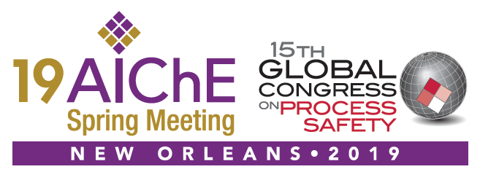

On the 25th October 2016 the Thunder River Rapids ride at Dreamworld on Australia’s Goldcoast suffered a pump failure, resulting in the tragic deaths of four riders. This incident was investigated by the police and later a coronial inquest to determine how a tragedy like this could occur. As a process safety professional it was interesting to follow the coronial inquest findings and then think about how process safety management may have helped to prevent this incident. Assuming that a process safety event can be defined as a high consequence or potential consequence low likelihood loss of control event[1], this incident had all the hallmarks. Therefore it is possible to apply the ISC framework[2] for process safety to identify where the system failed and understand how it could be averted in future. This paper will explore various elements of the incident and how process safety management techniques may have helped, including that the ride had been modified to be different from all other similar rides, that the staff did not know how to stop the ride in an emergency and that all means to stop the ride required manual detection and intervention, with no alarms or shut down systems installed.
[1] Kerin, T. (2017). Managing Process Safety. In The Core Body of Knowledge for Generalist OHS Professionals. Tullamarine, VIC. Safety Institute of Australia
[2] ISC (IChemE Safety Centre). (2014). Process Safety and the ISC. Retrieved from http://www.ichemesafetycentre.org/~/media/Documents/icheme/Safety%20Cent... L%20common%20language%20revised%206-6-14.pdf
Presenter(s)
Language
Pricing
Individuals
| AIChE Member Credits | 0.5 |
| AIChE Pro Members | $19.00 |
| Employees of CCPS Member Companies | Free |
| AIChE Graduate Student Members | Free |
| AIChE Undergraduate Student Members | Free |
| AIChE Explorer Members | $29.00 |
| Non-Members | $29.00 |
